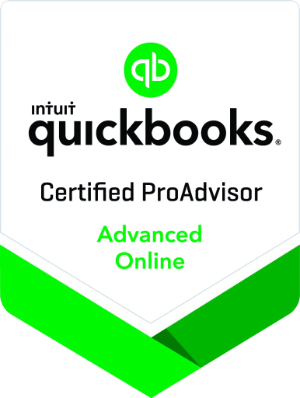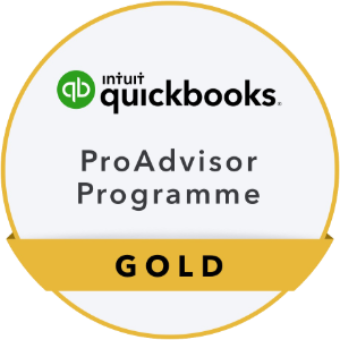Fundraising activities and initiatives are vital in raising awareness and funds for all charities regardless of size and target audience.
However, as we all know, there is certainly no one-size-fits-all when it comes to what events or activities will help you raise the most, but rather a more strategic, what works best for you and your donors.
Fundraising is a great way to persuade people to donate money to your cause; however, due to the importance of fundraising and how much charities do, it can be a minefield to manage responsibly, keep on top of records, bookkeeping, and govern volunteers.
This post looks at the most common types of fundraising and the areas of governance charities must be aware of when carrying out such activities.
Types of fundraising
There are three categories of fundraising:
Community – community fundraising involves volunteers and individuals coming together to raise money on your behalf. Community fundraising could be a local coffee morning, bake sale, sponsored walk, dance-a-thon, and more. These activities are organised by people who want to support your charity in some way and host a great fundraising event where all money raised is donated to your charity.
Corporate – corporate fundraising is where businesses raise money on your behalf. You could be their named charity of the year, where all activities they do throughout this period and all funds raised are donated to your charity. Again, this is an excellent source of income for charities; it can help expand your reach and, fortunately, doesn’t take up much of your time. Staying in regular communication with your corporate fundraisers, making them feel valued, and building relationships can be vital when looking for additional funds. Rather than money, corporates may also want to donate gifts in kind, either in the form of their time or other resources. Again this needs managing but can be of great value.
Charity – charity fundraising involves all the activities and fundraising initiatives the charity hosts and runs throughout the year. These can cover all of the activities above and more, i.e., walk-a-thon, coffee mornings, sporting events, silent auctions, charity balls, etc. These types of fundraising activities help you to boost your charity’s visibility, connect with people, and extend your audience reach. However, events can be labour-intensive when you run them yourself, as they require a lot of detailed planning, so you need to ensure you have a good team behind you. You also need to ensure that you cover all your expenses, which means you might not make as much as you first anticipated.
(Check out our Freelance Fundraiser Gayle Derrick’s guest post on “How to be more effective at Fundraising” for useful tips and advice.)
Donations from fundraising activities and awareness raising come in the form of:
- Online—one of the most common and largest ways for charities to raise money, online donations are secure, dependable, and easy to promote. Charities can set up dedicated donation pages on their websites, which allows you to reach a much wider target audience and all money donated is received instantly. The only drawback: Everyone now has online donations, so standing out amid a crowd of others can be challenging.
- Direct mail – contrary to popular belief, direct mail isn’t dead and, in fact, achieves a higher response rate than email! With direct mail, you can show your creative side, making pieces catchy and providing a lot of information to connect with your audience. You can tie it in with communities, allowing you to segment and personalise with ease. However, direct mail is expensive and takes considerable time to produce.
- Cold calling – thank you calls to your donors can make a world of difference. These calls can make your donors feel appreciated and valued, leading to further donations. However, be aware with the number of scam phone calls people now receive; these calls are not always welcome.
- Text-to-give – donation texting platforms have grown in popularity in recent years as they provide speed and convenience to people as they seek out the feel-good factor of doing something for charity (remember the ice bucket challenge for ALS?). As most of the population now has a smartphone, charities are cashing in by setting up dedicated numbers for people to text their donation amount.
- Email marketing – the tried, tested, and most commonly used form of raising awareness of fundraising activities. With email, you can customise, personalise, include links to donation pages, and provide much-needed information and case stories to really connect with your audience. You can also track the effectiveness of your emails, testing what works and what doesn’t. The downside…. everyone receives a lot of emails, which has caused engagement to drop in this area.
Note: Charities in England and Wales that carry out fundraising activities can register with the Fundraising Regulator. Displaying the Fundraising Regulator badge shows you’re committed to fundraising honestly, openly, and legally. You can apply to register at any time, and the Regulator will respond within seven days of your application. Registering is voluntary; however, it is seen as good practice, and the Regulator provides excellent fundraising support and advice.
Governance and fundraising
With all fundraising, there is governance attached to activities and guidance on areas that Trustees must be mindful of.
For example, it is your responsibility to ensure that fundraising activities are planned effectively and that you protect your charity’s reputation at all times. You should work with fundraisers and volunteers and ensure that they are aware of your charity’s expectations.
Trustees also have a legal duty to act in your charity’s best interests and manage charity resources responsibly, which can and does link with fundraising activities.
More information on governance in fundraising can be found on the Charity Commissioners’ website.
In addition, the Charity Commission has issued new guidance to charities on accepting or, in some cases, refusing donations. This is important guidance for Charity Managers and Trustees to be aware of, providing clarity and understanding about the implications decisions regarding donations can have.
Accounting for your fundraising activities
From earned income from a bake sale to classifying donations within unrestricted funds; it’s vital that the money you raise from your fundraising activities is correctly and appropriately recorded in your accounting and bookkeeping.
And this is where we can help.
The team at Beyond Profit is on hand to help with all accounting queries, supporting you with bookkeeping and accounting records on a regular basis, ensuring that reports and annual accounts are prepared, and ensuring that the necessary information is stored to meet Charity Commission guidelines and Trustee requirements.
Book a discovery call with us today and see how we can help you.
Fundraising is a great way to explore new and creative ways to raise vital funds and sitting down with your team and taking on board what your donors would like to see your charity do is the best way to generate your fundraising strategy.
Remember, no one fundraising activity is right for all. It’s about understanding and knowing your target audience and how you can use this information to boost your fundraising success.






